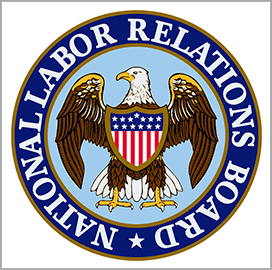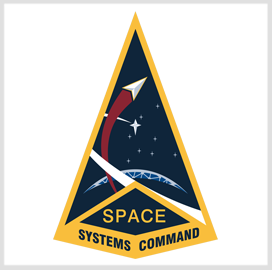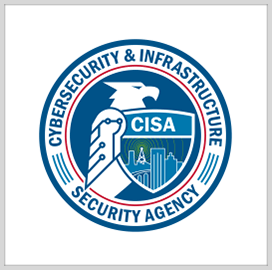Following the success of a maritime security tabletop exercise with the government of Indonesia in June, the U.S. Department of Homeland Security conducted a second one on Aug. 21 and 22, this time with counterparts from Japan.
The August exercise simulated a major cyber incident impacting the operations of one of Japan’s ports and sought to provide participants an opportunity to test incident response policies and procedures, DHS said Friday.
The exercise also sought to facilitate discussions about enhancing preparedness for critical infrastructure threats.
Commenting on the activity, DHS Undersecretary for Policy Robert Silvers said, “Exercises like these bolster our nation’s capabilities and establish reliable channels for coordination with key international partners.”
“Cyber attacks pose a shared risk, beyond any single nation’s control, making it imperative for the United States and Japan to collaborate in addressing these challenges to thrive in such interconnected environments,” Silvers added.
For his part, Masahiro Inada, director general of the Ports and Harbours Bureau within Japan’s Ministry of Land, Infrastructure, Transport and Tourism, said, “Cyber attacks to ports and harbors could potentially disrupt key international logistics functions which serve as a lifeline of Japan, a country surrounded by the sea, affecting both Japan and the United States.”
“I intend to share best practices gained through this exercise and continue to promote the reinforcement of cyber security of ports and harbors, while working together with relevant parties,” Inada added.











